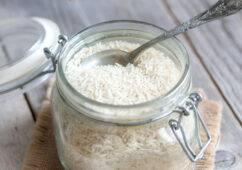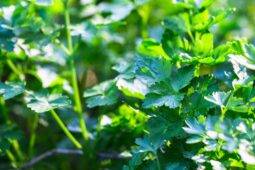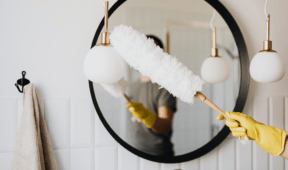How to Invite Owls to Your Yard for Natural Rodent Control
If you’ve been battling rodents in your yard or garden, you might want to consider a natural solution: inviting owls. These silent hunters are not only fascinating creatures, but they’re also incredibly effective at keeping the rodent population in check. Owls are natural predators of mice, rats, and other small pests, making them an eco-friendly way to manage unwanted critters. Let’s explore how you can make your yard an attractive place for owls and enjoy their pest control services.
1. Create a Habitat That Supports Owls
Owls are attracted to areas that provide the right environment for hunting, nesting, and roosting. This means creating a habitat that includes mature trees, open fields, and undisturbed spaces where rodents are likely to thrive. If your yard lacks natural cover, consider planting dense shrubs, tall grasses, or wildflowers to attract small rodents that owls love to hunt.
Additionally, owls like to perch in high places where they can keep an eye on their surroundings. Installing tall poles or platforms can give them a safe spot to rest during the day. A mix of dense ground cover and elevated perches can make your yard more appealing to owls, encouraging them to visit and stay.
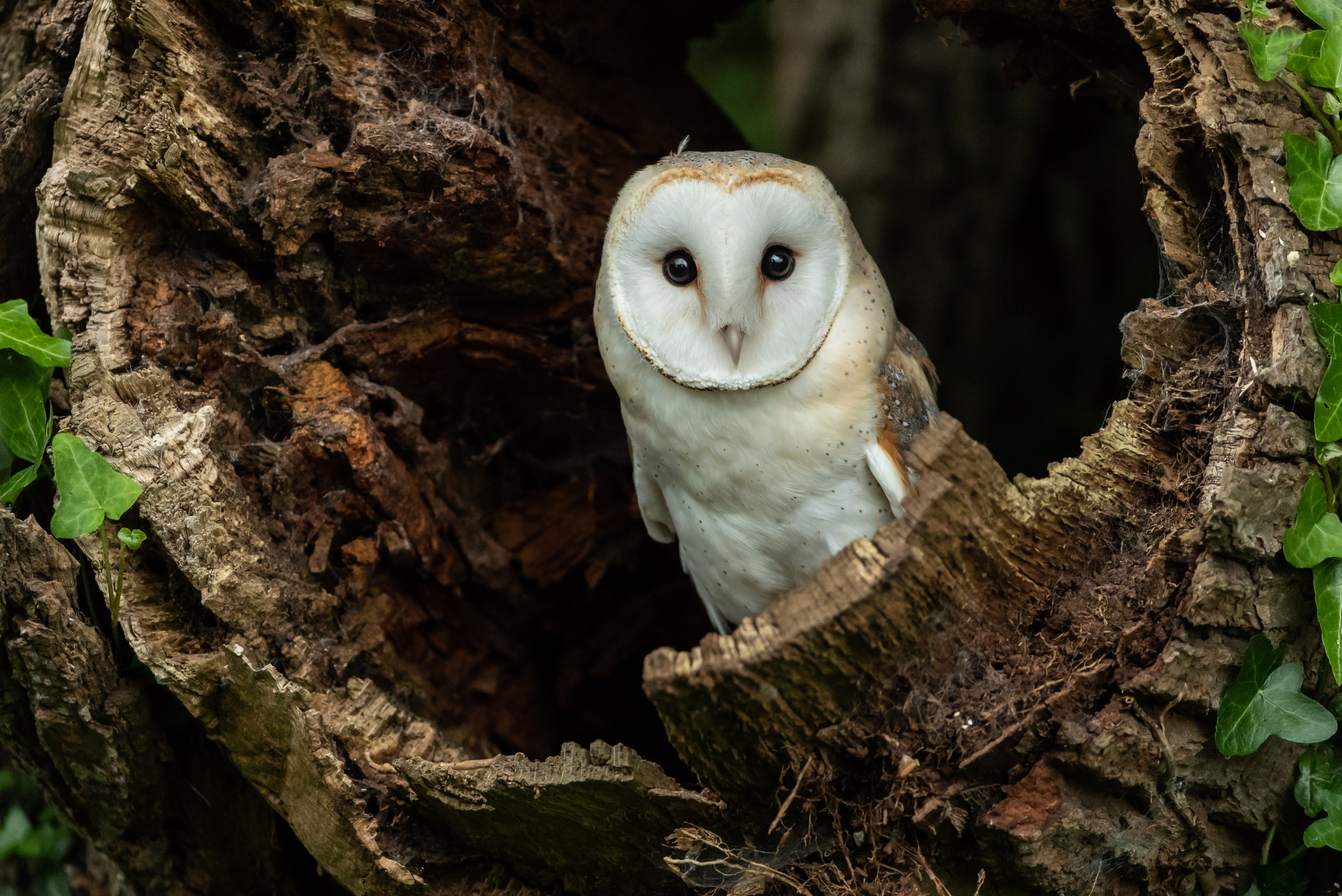
2. Install an Owl Box
One of the best ways to invite owls to your yard is by providing them with a safe and comfortable nesting spot. Owl boxes can be an excellent addition to your yard, especially if you’re trying to attract owls like barn owls or screech owls, which often nest in tree cavities. These species are known for their ability to control rodent populations.
Make sure the owl box is installed high enough to be out of reach of predators, such as raccoons or other animals that might attempt to steal the owls’ eggs or chicks. The box should also be placed in a quiet area with minimal human disturbance. Once installed, it could take a few seasons for owls to notice and use the box, but with patience, it can become a preferred nesting site.
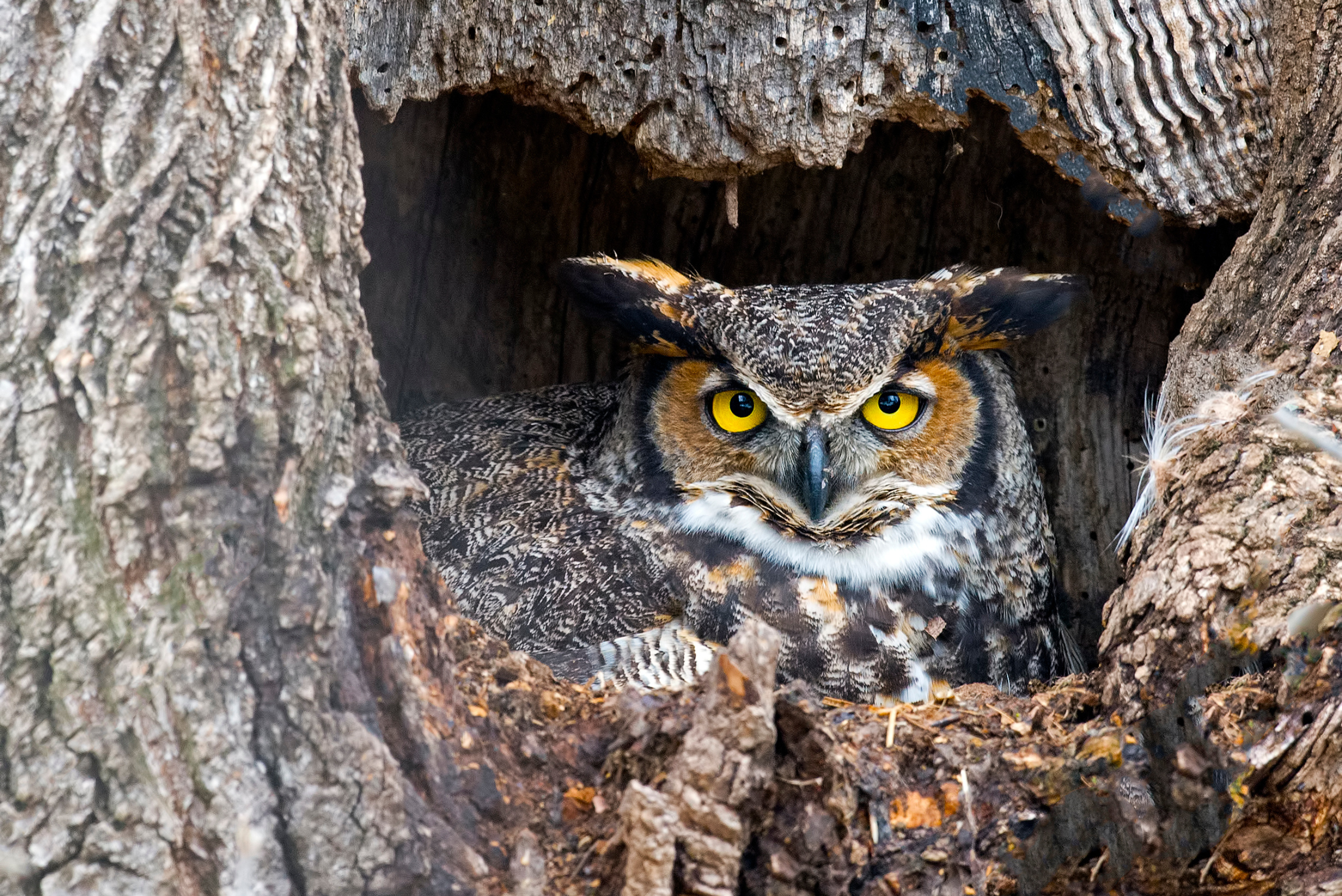
3. Provide Water Sources
Like all wildlife, owls need access to clean water for drinking and bathing. Installing a birdbath or a small pond in your yard can encourage owls to frequent the area. Not only will this make your yard more appealing to owls, but it will also attract a variety of other wildlife, helping to create a balanced ecosystem in your outdoor space.
Be sure to clean the water source regularly to prevent it from becoming stagnant or a breeding ground for mosquitoes. A fresh, reliable water supply is just one more way to make your yard a welcoming spot for owls looking to settle down and keep your rodent population under control.
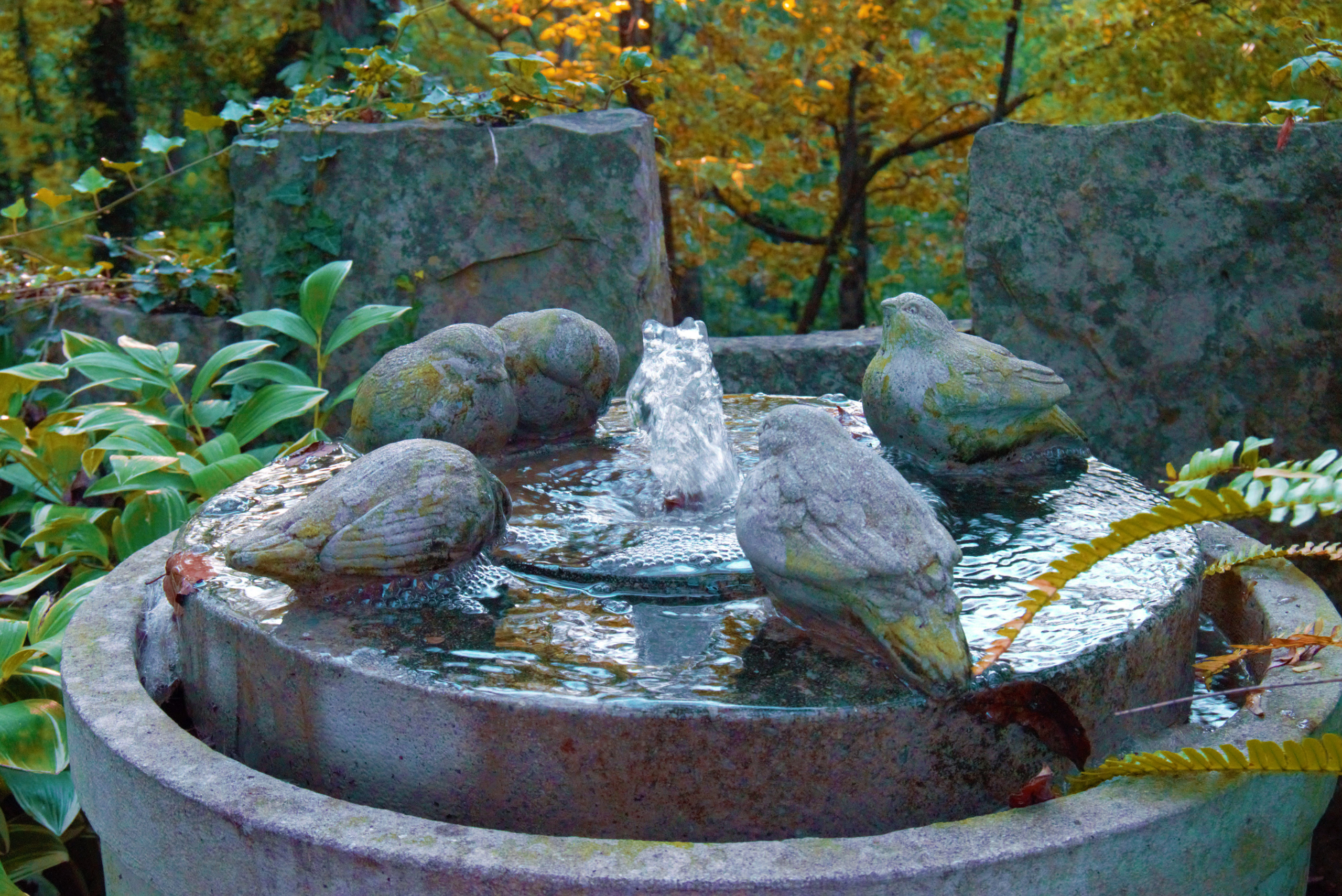
4. Reduce Light Pollution
Owls are nocturnal creatures, and they do their best hunting in low-light conditions. Bright lights can disrupt their natural behavior and make it harder for them to hunt effectively. By reducing light pollution in your yard, you’ll make your space more comfortable for owls, encouraging them to hunt there more frequently.
Turn off unnecessary outdoor lights at night, especially near areas where you want the owls to hunt. You can use motion-sensor lighting in other parts of your yard to limit the amount of light in areas where owls might be active. A darker yard will be more inviting to these nighttime hunters and increase your chances of seeing them regularly.

5. Minimize Pesticide Use
Using pesticides in your yard can make it less attractive to owls. Not only do pesticides kill rodents, but they can also harm the owls if they consume a poisoned rodent. To encourage owls to take up residence in your yard, it’s important to reduce or eliminate pesticide use. This allows a healthy rodent population to thrive, which in turn attracts owls looking for food.
Instead of relying on chemicals, consider using organic or natural methods to manage pests in your yard. Planting owl-friendly crops that attract rodents, such as grains or small fruits, can create a sustainable food source for both the rodents and the owls that feed on them. A healthy, pesticide-free yard is the best way to keep both your garden and your local owl population thriving.
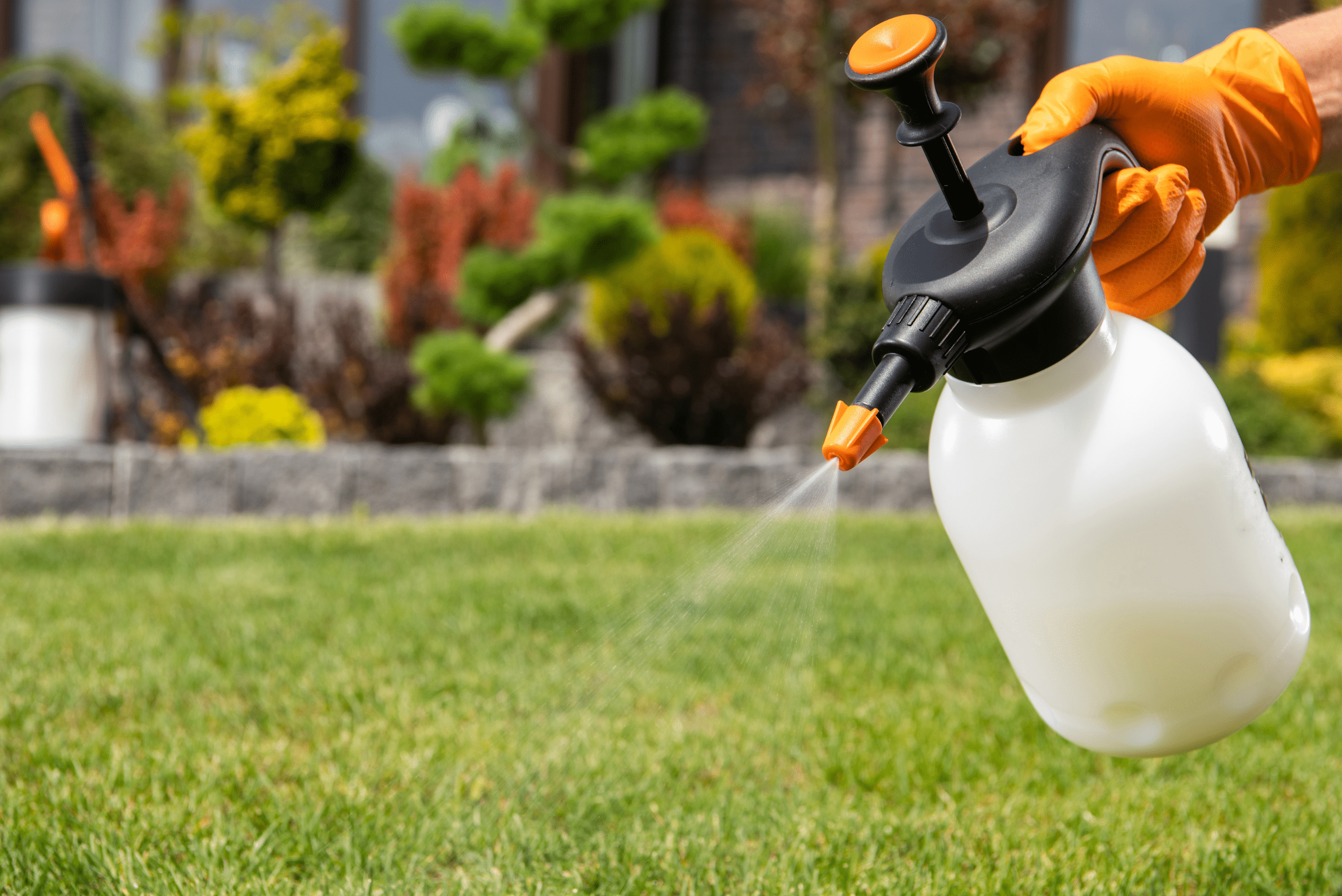
Related Articles
- Five Natural Pest Prevention Options To Try At Home
- Tricks For Keeping Bugs, Mice, And Other Pests Far Away From Your Home
- Cockroach Control: Instantly Effective Methods
Inviting owls to your yard is a fantastic way to manage rodents naturally and sustainably. By creating a welcoming habitat with the right nesting sites, water sources, and minimizing your impact with pesticides, you can encourage these magnificent birds to make your yard their home. With a little patience, you’ll have a natural rodent control system in place, all while supporting local wildlife and adding a touch of magic to your outdoor space.


